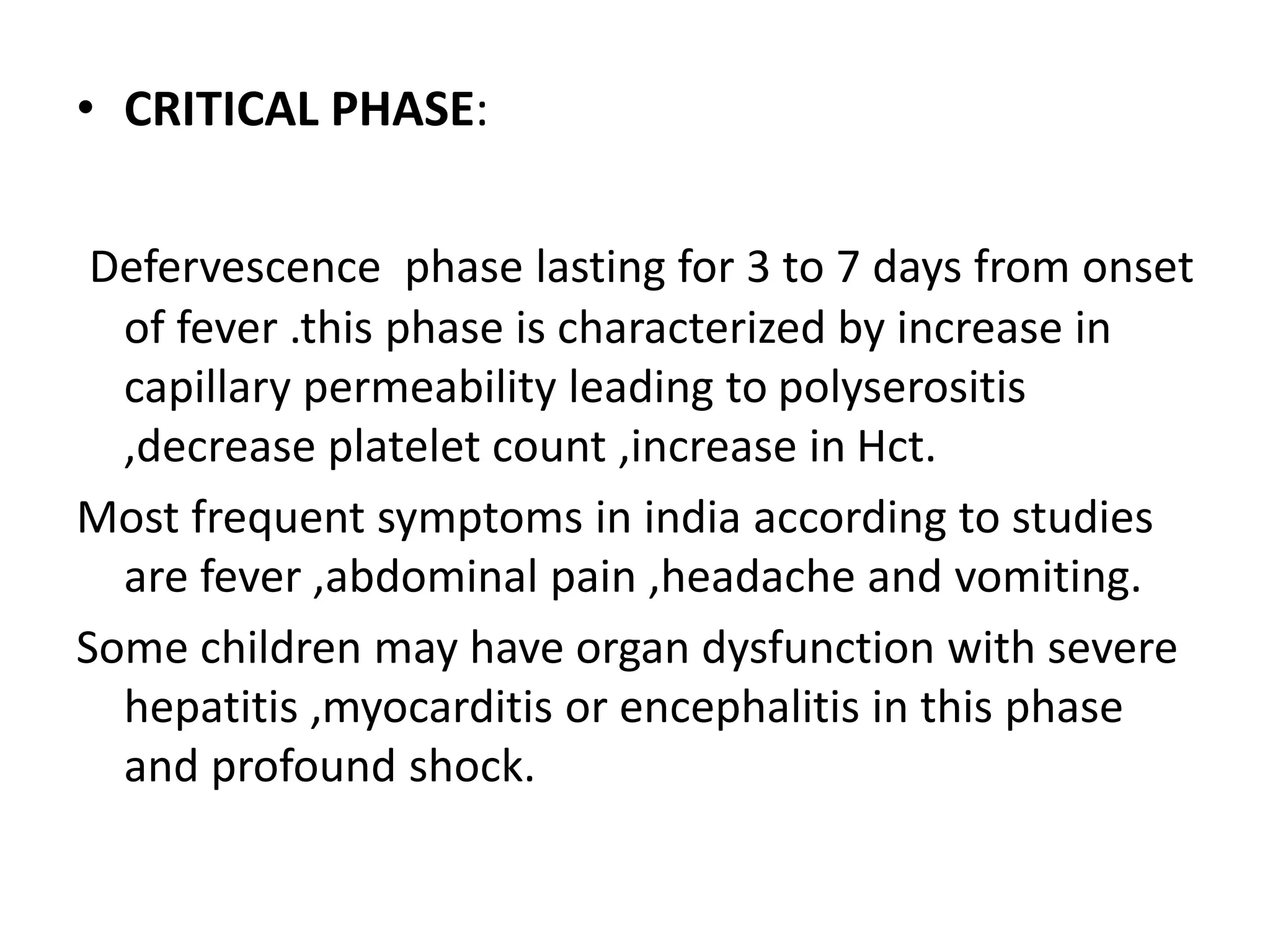The document discusses pharyngeal arches, which consist of pharyngeal arches, clefts, and pouches during the 4th week of development. The mesoderm and neural crest cells of the pharyngeal arches give rise to cartilage, bone, connective tissue, muscles, nerves, and arteries. The first pharyngeal arch derivatives include the maxilla and mandible.






















































